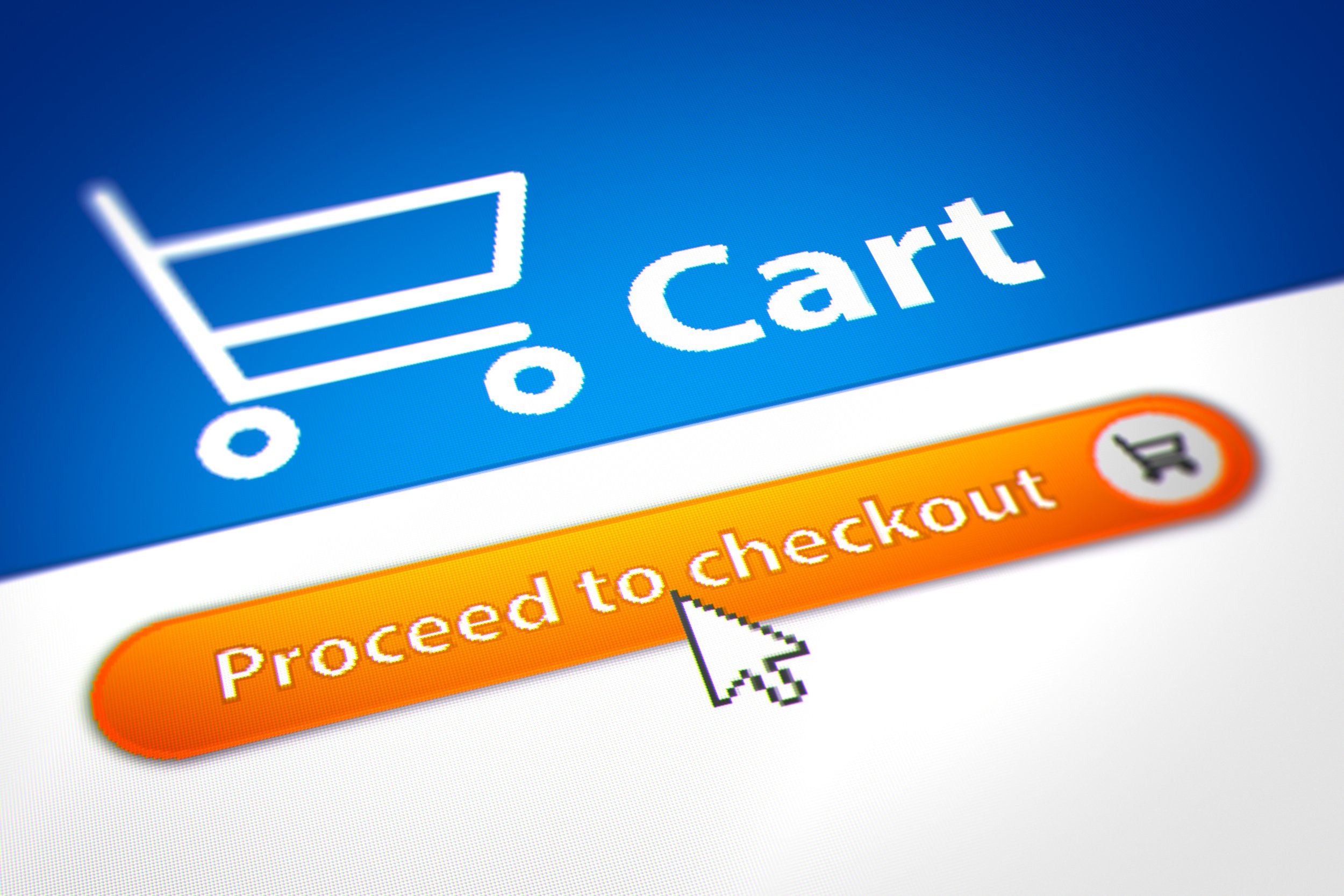How Fear of the Unknown Can Reduce Your Conversion Rate and What You Can Do About It
In eCommerce, reducing online shoppers' fear of the unknown is essential for increasing sales.
Fear impacts our lives in many different ways. Generally, it prevents us from doing something that will harm us or others. But fear, especially fear of the unknown, can also manifest itself in smaller things, such as unnecessarily delaying your dentist visit or a job change. Even ordering online can sometimes fall into this category.
Fear of the unknown is a form of anxiety caused by the unpredictability of a situation or an outcome.
Because you don't know for sure whether your future co-workers at the other company will be friendly and welcoming or whether you will perform well in your new job, you might be nervous and feel stressed. Usually, these feelings quickly disappear once you have joined your new team.
In eCommerce, reducing online shoppers' fear of the unknown is essential for increasing sales.
However, some custom-built websites with outdated or overly creative layouts feature so many distractions that you are afraid of clicking a button that sends you somewhere unexpected (yes, that happened to me).
Unfortunately, the checkout process is often no different.
I am not referring to those annoying ads, friendly reminders, or surprising popups trying to upsell something (don't click on them). What I find downright terrifying is when the entire checkout process is suddenly redirected to another page with a different domain name, leaving you questioning the legitimacy of the transaction and the website. Fearing that something has gone wrong and the credit card information will be compromised, many visitors, me included, cancel their transactions and abandon their shopping carts. Better safe than sorry.
Low Conversion Rate
Customers who don't place an order or cancel the checkout process lower the conversion rate. Your online store may have a lot of traffic, but your site is not performing well if these visits (sessions in tech talk) don't convert into sales.
The conversion rate divides the number of orders by the overall number of all online visits (sessions) in a specific period.
Since conversion rates are widely used, you can easily compare your store's percentage to an industry benchmark (usually around 2% to 3%). A conversion rate significantly below the benchmark combined with a high number of checkout abandonments could point to problems with the checkout process.
Checkout abandonments happen when a shopper initiates the checkout process for items in their cart but doesn't complete it.
Often, a long and complex checkout process is the reason for not completing it.
Short, Simple, and Predictable
The most effective checkout process is short, simple, and predictable. A cluttered checkout page with popups and ads unnecessarily defocuses visitors from the primary goal of placing the order and increases the likelihood of abandonment.
The best checkout processes display the items ordered, their price, a subtotal, shipping, sales tax, and the final amount you owe on a single page. Without leaving the page, you can enter your delivery address and select a shipping option, which updates the final price in real time. Then, on the same page, you enter your payment information. After placing your order, you immediately receive a confirmation email showing the items purchased and the delivery window. This process doesn't require disrupting popups to capture your shipping option or payment information. Every step is tidy and nicely integrated. And checking out is fast. That's the gold standard. And that's how Shopify does it.
Merchants with custom-built eCommerce websites may want to match their checkout process as closely as possible to Shopify's since many potential customers have likely shopped at a Shopify-powered store before and are used to the steps.
In eCommerce, familiarity rather than creativity is the best approach to alleviate the fear of the unknown and, ultimately, increase your store's conversion rate.












